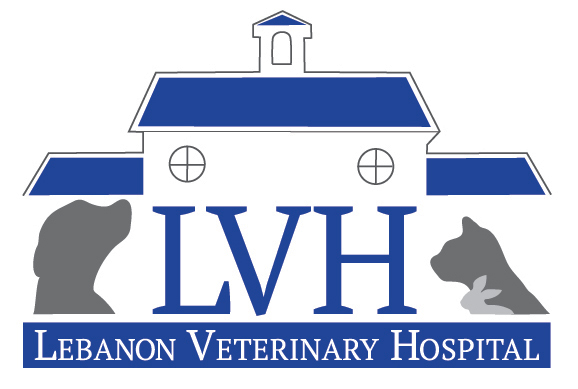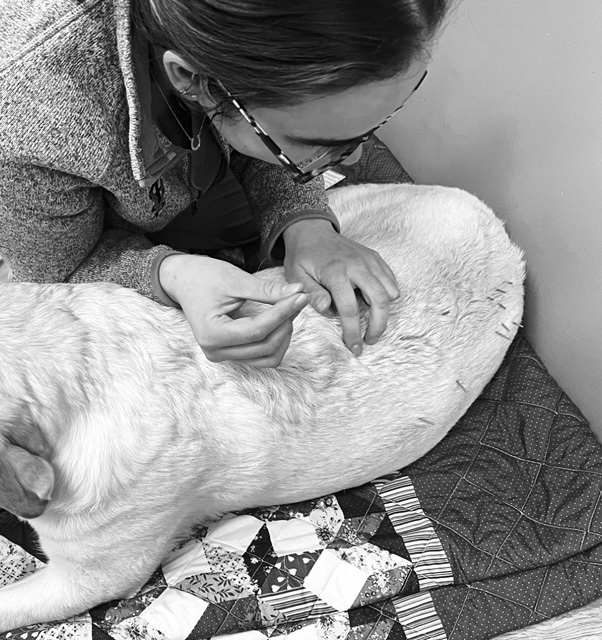What is TCVM and Veterinary Acupuncture?
Traditional Chinese Veterinary Medicine (TCVM) has four main components: acupuncture, herbal medicine, food therapy, and Tui-na (medical manipulation).
“TCVM is often viewed as a form of complementary therapy and is best when used in conjunction with Western Veterinary Medicine (WVM). Both TCVM and WVM have their own strengths and weaknesses. TCVM is a holistic approach that is suited to assessing the well-being of the whole patient, and treatments are generally non-invasive with few side effects.
In Chinese Medicine theory, disease is understood as an imbalance in the body, and diagnosis proceeds through identifying the underlying “pattern” of disharmony. Pattern diagnosis differs from conventional Western medical diagnosis in that it takes into account not only disease signs but how these signs relate to the individual patient. Thus, TCVM practitioners will consider the temperament, sex, age, activity, and environment of an animal along with the animal’s particular disease signs. This approach stems from the belief that the body is an interconnected system of forces and functions so that disease and disharmony must be examined with respect to the whole patient. For this reason, Chinese Medicine is often regarded as more holistic than conventional Western Medicine.”
-Chi University
Acupuncture usually involves the insertion of thin sterile needles into discrete and specific points on the body in order to cause a therapeutic effect. The ancient Chinese discovered 361 acupoints in humans and 173 acupoints in animals.
Acupuncture is commonly used to treat chronic pain and mobility concerns it can also be used very successfully to treat a variety of other chronic conditions. Internal medicine, dermatology, neurology, and behavioral problems and many more issues can all be successfully managed through an integrative TCVM approach.

